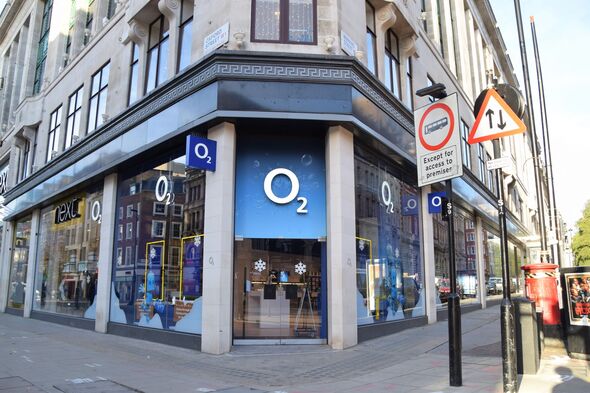
The taxman is targeting some of Britain’s wealthiest earners, including senior lawyers, accountants, architects and their employers.
HMRC is concerned that some people in these six figure salary sectors are playing the system to minimise their tax and National Insurance (NI) bills.
The tactic involves some of these high earners being described as self-employed or partners which allows them to reduce the tax and NI payable on their income. Their employers also benefit by reducing the NI they have to pay.
The HMRC has tweaked its interpretation of the rules to combat tax avoidance and ensure high earners and businesses cannot use this apparent loophole.
The legislation concerns whether senior partners at limited liability partnership (LLPs) should be deemed employed or self-employed for tax purposes.
The net effect of the new approach is that employees could be hit with big tax bills, while their employers could be forced to pay back hundreds of thousands of pounds in National Insurance (NI).
The liability would be about £5,000 for a partner earning over £100,000 who had failed to pay NI for five years.
The move is the taxman’s latest attempt to tackle “disguised employment”, which has seen it pursue TV and radio presenters for income tax and NI all the way to the courts.
Clamping down on tax avoidance is a key manifesto pledge for Labour. The party has promised to raise an extra £4.7bn by fighting tax errors and evasion.
Unlike normal employees, someone labelled as a partner in a business is entitled to be paid through a share in its profits. These are taxed differently to a salary.
On top of this, partners are often treated as self-employed for tax purposes, so they also pay lower rates of National Insurance.
Guy Sterling, of accountancy firm Moore Kingston Smith, told the Telegraph: “Depending on the number of individuals affected and their remuneration, the amount at stake for the firm could be very significant.”
In 2014, HMRC introduced rules to stop junior members of an LLP being taxed as self-employed inappropriately and receiving employment income “disguised” as profit shares.
Mr Sterling said: “Prior to 2014, all members of LLPs were deemed self-employed for tax purposes.
“You had situations where everyone, even cleaners, were members of the LLP and so paid lower National Insurance Contributions.”
HMRC is working to the so-called targeted anti-avoidance rule (TAAR) which allows it to claw back employment tax where an arrangement has been set up specifically to dodge NI. It has the powers to go back four to six years and collect underpaid taxes due.
Mr Spencer said: “I haven’t seen much evidence of HMRC opening lots of formal enquiries at the moment but the change in guidance is certainly a precursor for them to do. I suspect over the next six to 12 months there could be a rise in enquiries as many firms may have failed to note the change in guidance.”
A spokesman for HMRC said “We updated our guidance in February to clarify the circumstances where particular avoidance rules would apply, to help customers get their tax right.”


















